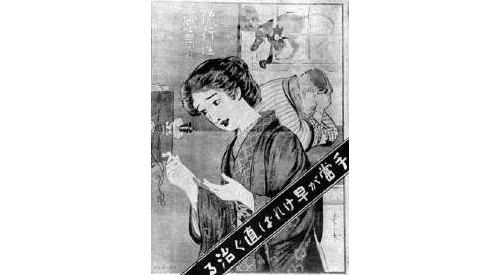What isn’t news to anyone is that the coronavirus continues to linger. If Washington’s COVID-19 history can be thought of as tides, we reached our first high tide of 531 new daily cases on Apr. 3. After that, we ebbed, until setting a new high-water mark on June 19 (620). We later rose to an even higher “King tide” level on July 5 (1071), from which we have not yet entirely receded (July 13; 412).
What is news, however, is how nearly completely the greater Seattle Japanese community has transformed into a virtual one. Thus, its Bon Odori is online (July 18). The Tomodachi Gala of the Japanese Community and Cultural Center of Washington (JCCCW)—its main annual fundraiser—is similarly virtual (Aug. 11). It’s summer camp is on “Zoom,” with sessions scheduled for Aug. 10-14 and Aug. 17-21. Densho, already largely online, is even more so. It will host a “Densho Dinner @ Home” on Oct. 24. The same can be said of the Nisei Veterans Committee, Blaine Memorial Methodist Church, the Japan-America Society… Even at the North American Post–outwardly an old-fashioned, paper-based newspaper—editors and writers mainly see each other in rectangles on computer screens. Otherwise, their documents fly silently to and fro like forest owls.
How long will we need to shelter in place in our individual “bamboo groves”? Here, revisiting the National Geographic summary of how 38 American cities fared through the 1918 Spanish flu pandemic provides one measure (issue of Mar. 27, online). Then, as now, some cities implemented social distancing early and longer; others delayed starting it and quit earlier. However, it is telling that all graphs share a common 24-week period. Moreover, all derive from reliable data reported in the Journal of the American Medical Association (JAMA).
If our present-day timeline started on Jan. 21, when Washington’s index COVID-19 case was reported from Everett, then we passed the 24-week mark on July 7. Thus, now we know for certain that the COVID pandemic is more insidious than the Spanish flu. This outcome was foreshadowed by it’s not being deadly scary to young people like the 1918 flu (N.A.P., Mar. 27). Accordingly, we are now entering terrain previously unknown to modern science. For guidance from here, we can only turn to the experiences of other countries and states that encountered large numbers of COVID-19 cases before we did.
China’s new-cases COVID curve peaked on Feb. 16. Then came countries with late March peaks (Italy and Spain, Mar. 21; Germany, Mar. 28; France, Mar. 31). The UK peaked later (May 1). Within the US, COVID hard-hit states that are arguably similar to Washington, but are ahead of us in time, include Pennsylvania (Apr. 9), Massachusetts (Apr. 24), and Illinois (May 12).
China, over five months past its COVID peak, has a flat new-cases curve these days, but is still extinguishing spot-fires. In turn, Italy, Spain, Germany, France, and the UK all share COVID curves that are under control and curving downwards. Pennsylvania is still in COVID’s grip; Illinois is less so. Massachusetts seems to be over the hump.
From all of this, we know that it takes two months for a COVID high-tide to recede to a manageable background level. Thus, if Washington can hold its new-case infections peak at July 5, then we might be out of the deep woods in early September. The true end for large countries yet remains unknown, but will likely be first reached by China.







